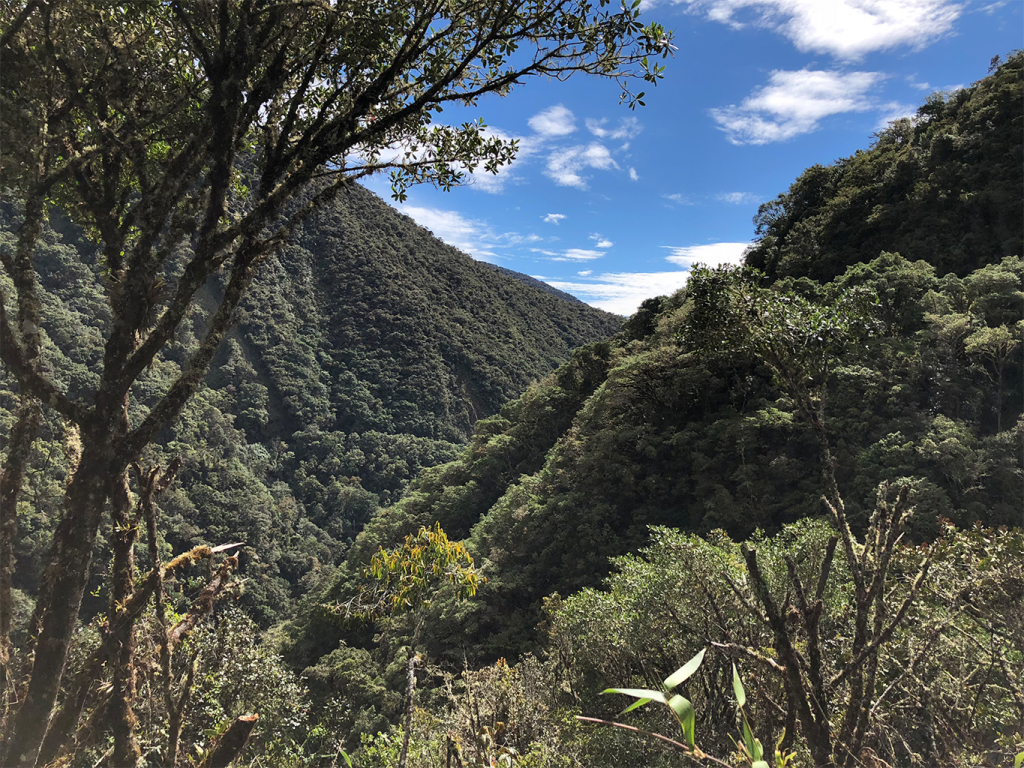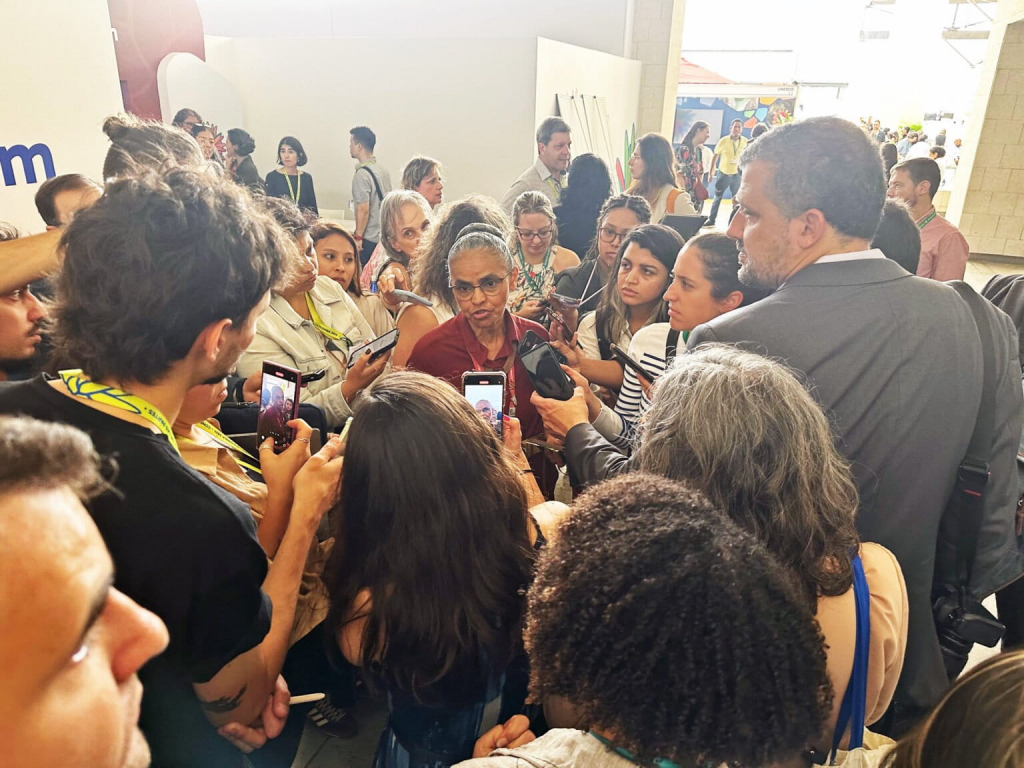
In this story, I revisit a promising initiative I first wrote about at the UN biodiversity meeting in Cali, Colombia, in October, 2024. At Climate Week 2025, Brazilian President Lula stepped forward to pledge the first $1 billion to a tropical forest protection fund unlike any other, as my sources have told me.
Highlights from my story, as summarized from my story by my editor, Glenn Scherer.
- The Tropical Forest Forever Facility (TFFF) — a proposed $125 billion fund to conserve tropical forests worldwide — was developed by Brazil in 2023, and pushed forward in 2024 at the UN biodiversity summit in Colombia. Since then, momentum has built in support of this market-driven approach to conserving tropical forests.
- Once fully established, the $125 billion fund would spin off as much a $4 billion in interest annually (above what is paid to investors), potentially going to more than 70 TFFF-eligible developing nations, which collectively hold more than one billion hectares of tropical forests. The fund could be operational before 2030.
- At Climate Week in New York City on Sept 23, Brazilian President Luiz Inácio Lula da Silva announced that his country will invest the first $1 billion in the fund. Other nations, including China, Norway, the UK, Germany, Japan and Canada seem poised to contribute. Even oil producing nations like Saudi Arabia have shown interest.
- But hurdles lie ahead: TIFFF needs $25 billion from sovereign nations and $100 billion from private investors before a full launch, with Indigenous and local communities (IPLCs) to be major benefactors. The make-or-break moment for TIFFF is expected to occur at the UN climate summit (COP30) in Belém, Brazil Nov. 10-21, 2025.


